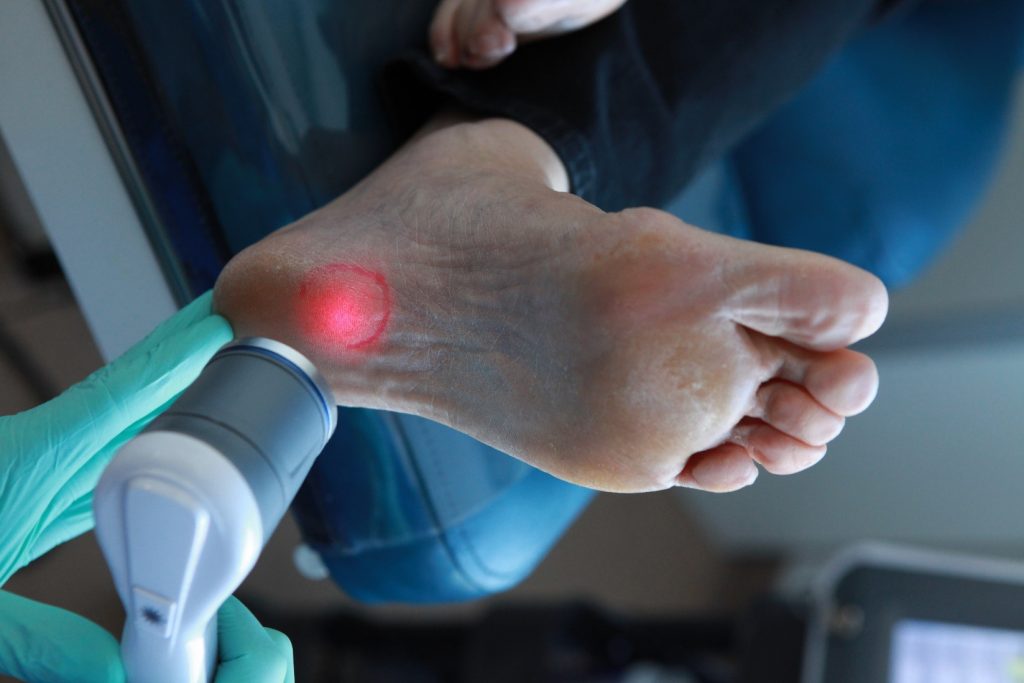
Podiatry
Podiatrists are trained to diagnose and treat a wide range of foot and ankle conditions, including:
- Ingrown toenails
- Corns and calluses
- Plantar fasciitis
- Achilles tendonitis
- Bunions and hammertoes
- Foot and ankle fractures
- Sports injuries
- Diabetic foot care
Treatment Modalities
 Podiatrists employ various treatment modalities to manage foot and ankle conditions, including:
Podiatrists employ various treatment modalities to manage foot and ankle conditions, including:
- Medications: Prescribing medications such as pain relievers, anti-inflammatories, antibiotics, and antifungal drugs.
- Orthotics: Designing and prescribing custom orthotic devices to support and align the feet properly.
- Physical therapy: Recommending exercises and stretches to improve strength, flexibility, and range of motion in the feet and ankles.
- Surgical intervention: Performing surgical procedures to correct deformities, repair injuries, or alleviate chronic pain when conservative treatments fail.
- Wound care: Managing wounds, ulcers, and infections in patients with diabetes or other medical conditions affecting the feet.
- Biomechanical analysis: Assessing the structure and function of the feet and lower limbs to identify gait abnormalities and recommend appropriate interventions.
Preventive Care

Podiatrists also focus on preventive care to maintain the overall health and well-being of the feet and lower extremities. This may involve:
- Educating patients about proper foot hygiene and self-care practices.
- Providing advice on footwear selection and fitting to prevent foot problems.
- Conducting foot screenings for high-risk individuals, such as patients with diabetes or peripheral vascular disease.
- Recommending strategies to prevent sports-related injuries or overuse syndromes.


